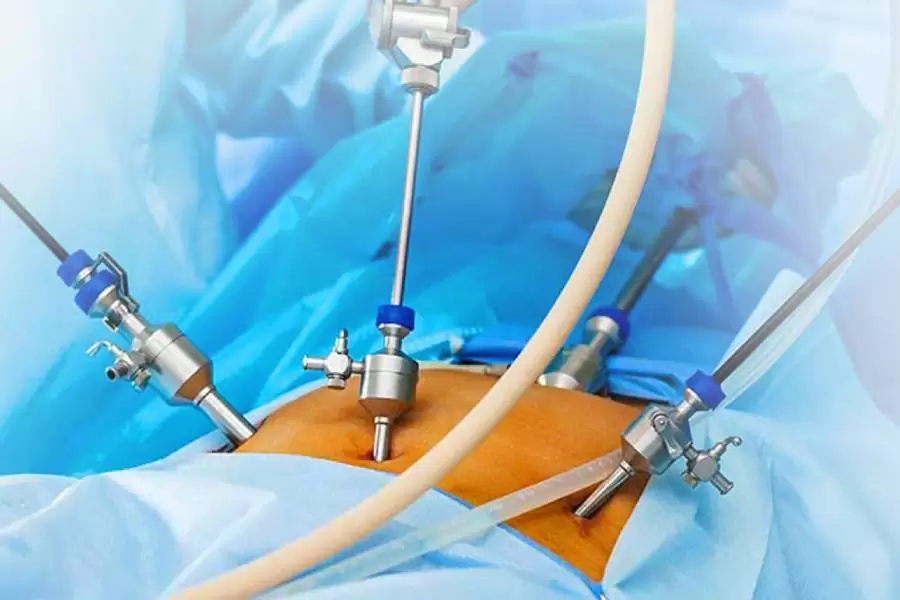What is Diagnostic Laparoscopy?
Diagnostic laparoscopy is a minimally invasive surgical procedure used to examine the organs inside the abdomen. It helps doctors accurately diagnose the cause of abdominal pain, detect cancers, and assess the extent of disease spread. This procedure uses a laparoscope – a thin, lighted tube with a camera – inserted through small incisions to view internal organs like the stomach, liver, pancreas, gallbladder, intestines, and reproductive organs.
Diagnostic laparoscopy is a safe, reliable, and effective tool that allows precise diagnosis of abdominal and pelvic conditions with minimal discomfort. It plays a crucial role in cancer staging, evaluating chronic pain, and planning appropriate treatment, thereby improving patient outcomes significantly.

Symptoms Indicating Need for Diagnostic Laparoscopy
Your doctor may recommend diagnostic laparoscopy if you experience:
- Unexplained persistent abdominal pain
- Pelvic pain or infertility issues
- Abdominal bloating or swelling
- Suspected appendicitis
- Abnormal findings in ultrasound, CT, or MRI scans
- Suspected abdominal or pelvic cancers (e.g. ovarian, liver, pancreatic)
- Unexplained bleeding inside the abdomen
- Suspected endometriosis or adhesions
Procedure or Treatment
- Preparation: You will be asked to fast for several hours before surgery. General anaesthesia is given.
- Incision: The surgeon makes a small incision near the belly button and inserts a laparoscope.
- Viewing: Carbon dioxide gas inflates the abdomen for better visibility. The surgeon examines the organs thoroughly.
- Additional Incisions: If needed, additional small cuts are made to insert surgical tools for biopsy or treatment.
- Closure: After examination and any necessary sampling, instruments are removed, gas is released, and incisions are closed with sutures or surgical tape.
- Recovery: Most patients return home the same day with minimal discomfort.
Prevention
While diagnostic laparoscopy itself is a diagnostic procedure and does not prevent disease, it helps in early detection, leading to timely treatment, which can prevent complications and disease progression.
Benefits of Diagnostic Laparoscopy
- Accurate diagnosis with direct visualisation of organs
- Early detection of cancers and diseases
- Small incisions with minimal scarring
- Faster recovery compared to open surgery
- Reduced hospital stay and quicker return to normal activities
- Can combine diagnosis and treatment in a single procedure (e.g. biopsy, removal of adhesions)
Types of Diagnostic Laparoscopy
Exploratory Laparoscopy: To identify cause of unexplained abdominal or pelvic pain.
Cancer Staging Laparoscopy: To check spread (metastasis) of cancers like ovarian, pancreatic, liver, or gastrointestinal cancers.
Gynecological Diagnostic Laparoscopy: For assessing endometriosis, ovarian cysts, tubal blockages in infertility.
Emergency Diagnostic Laparoscopy: For acute abdominal conditions like suspected appendicitis, internal bleeding, or trauma.
